Landscapes and Contemplations
2004—
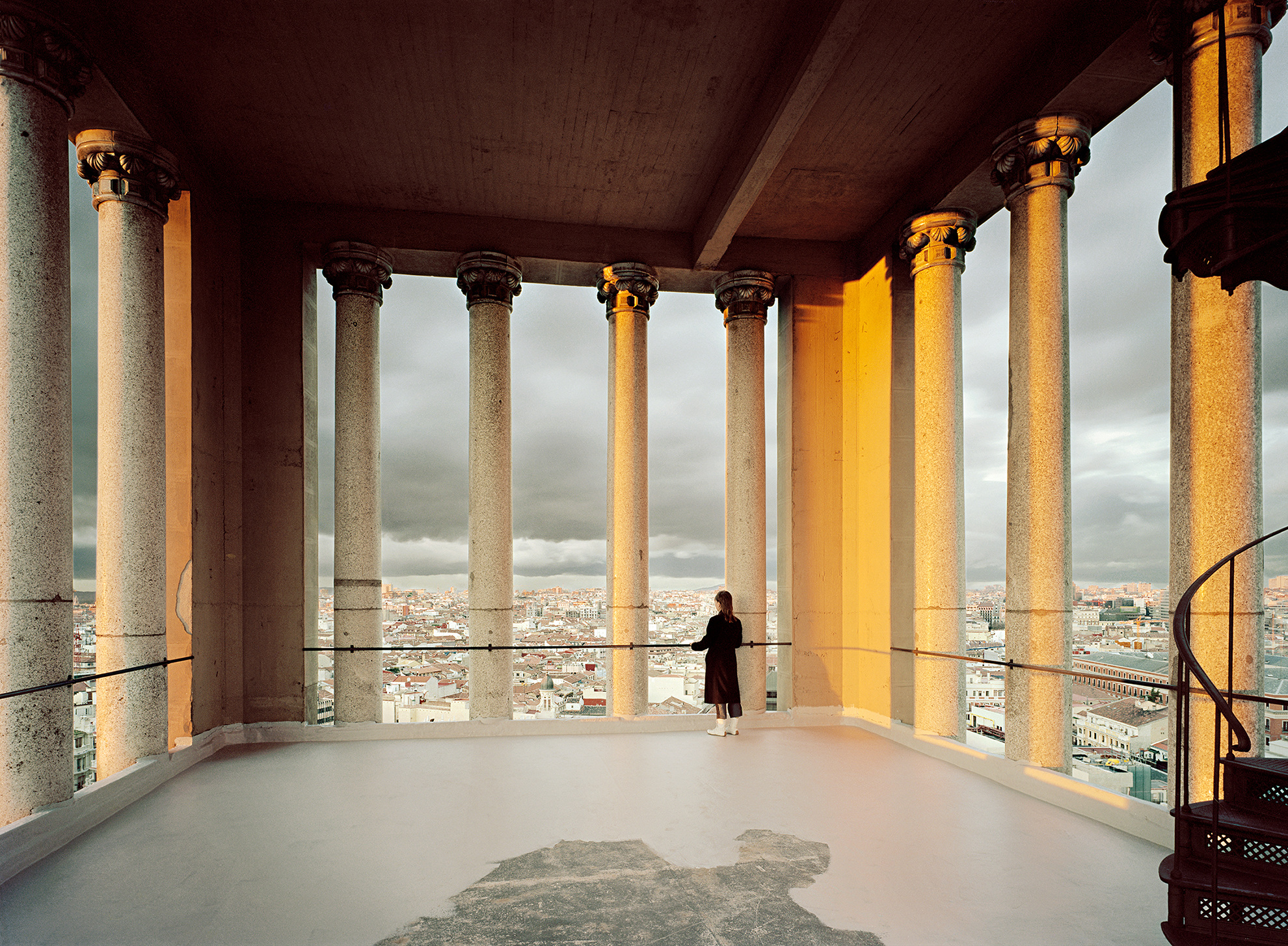
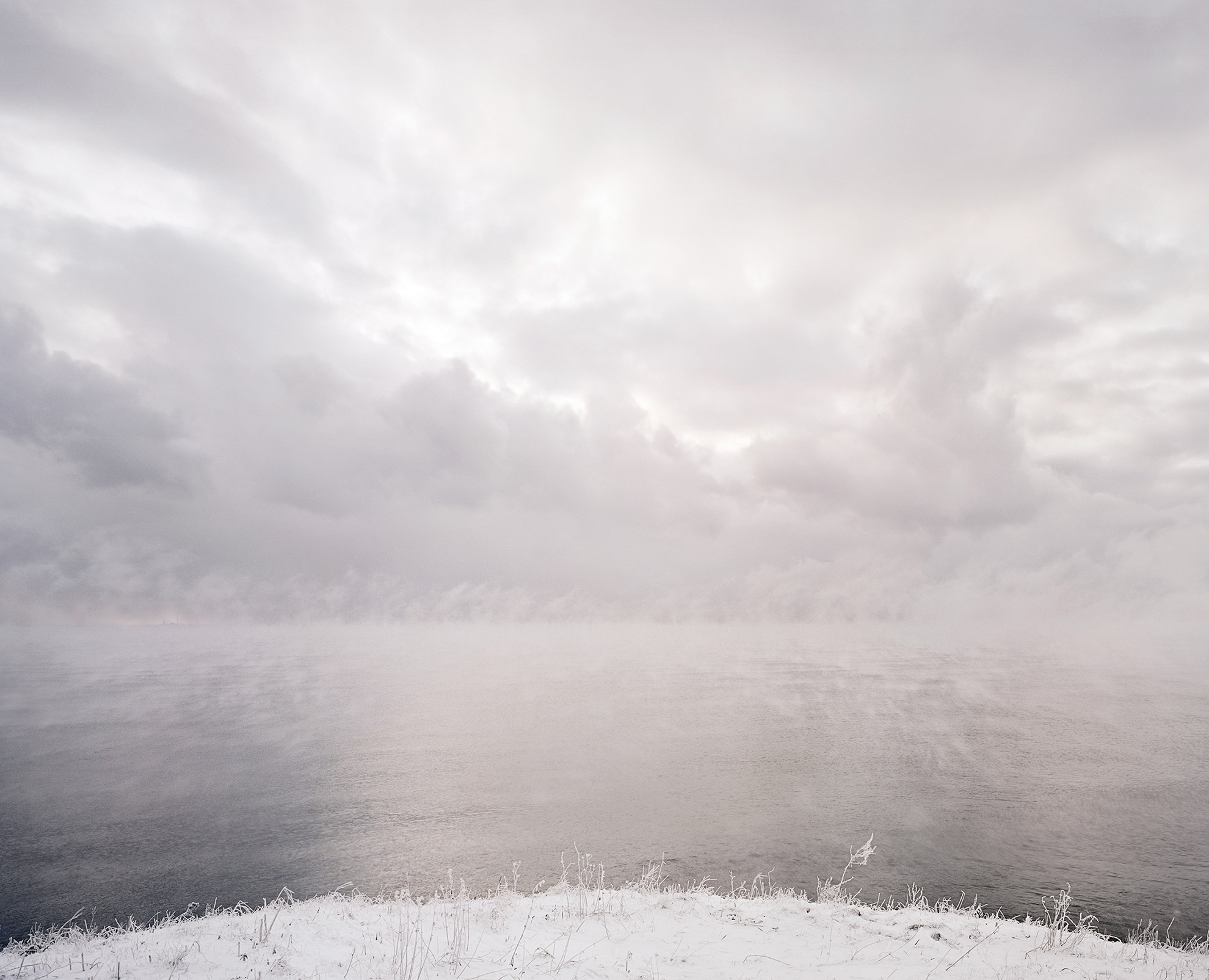

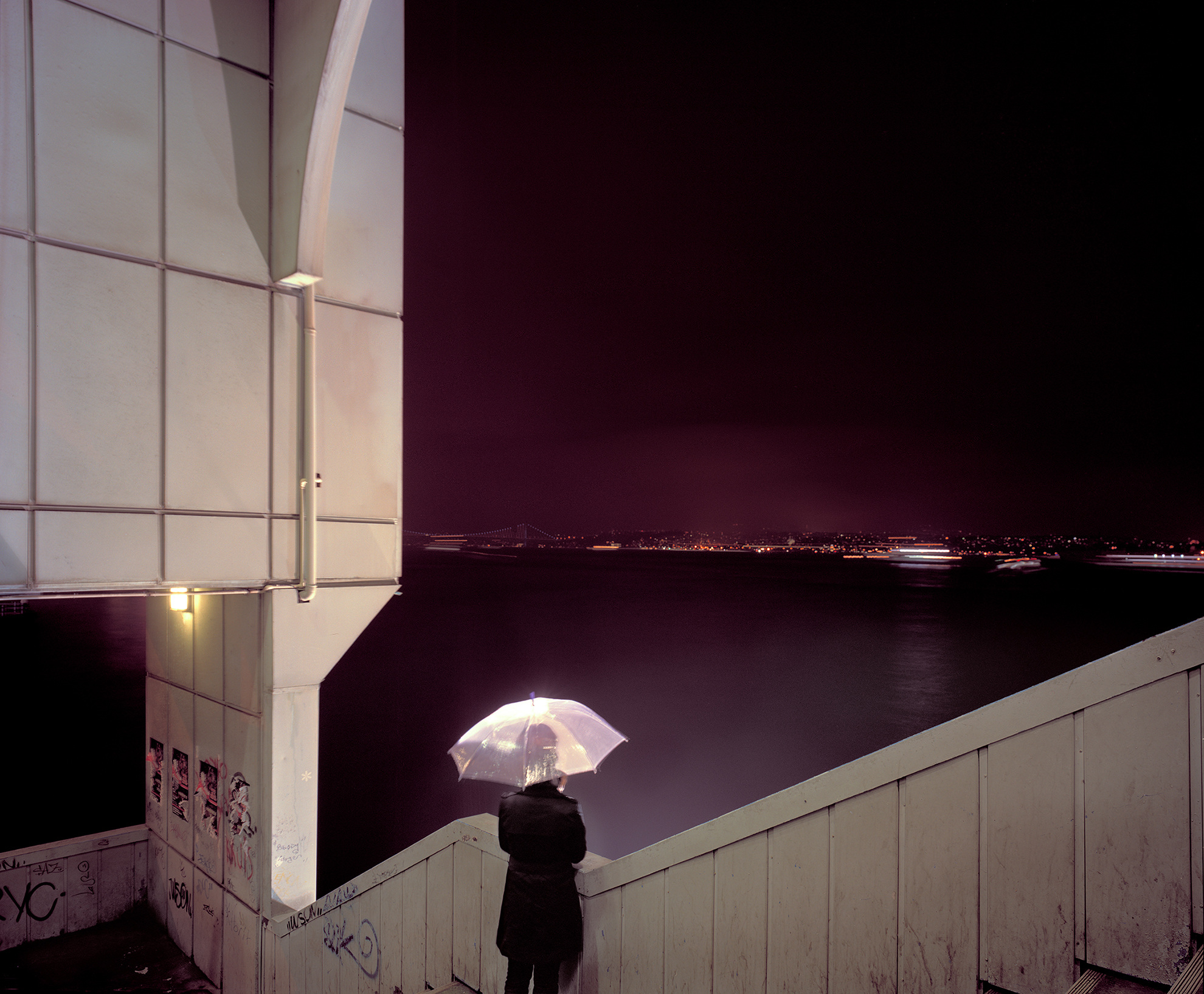

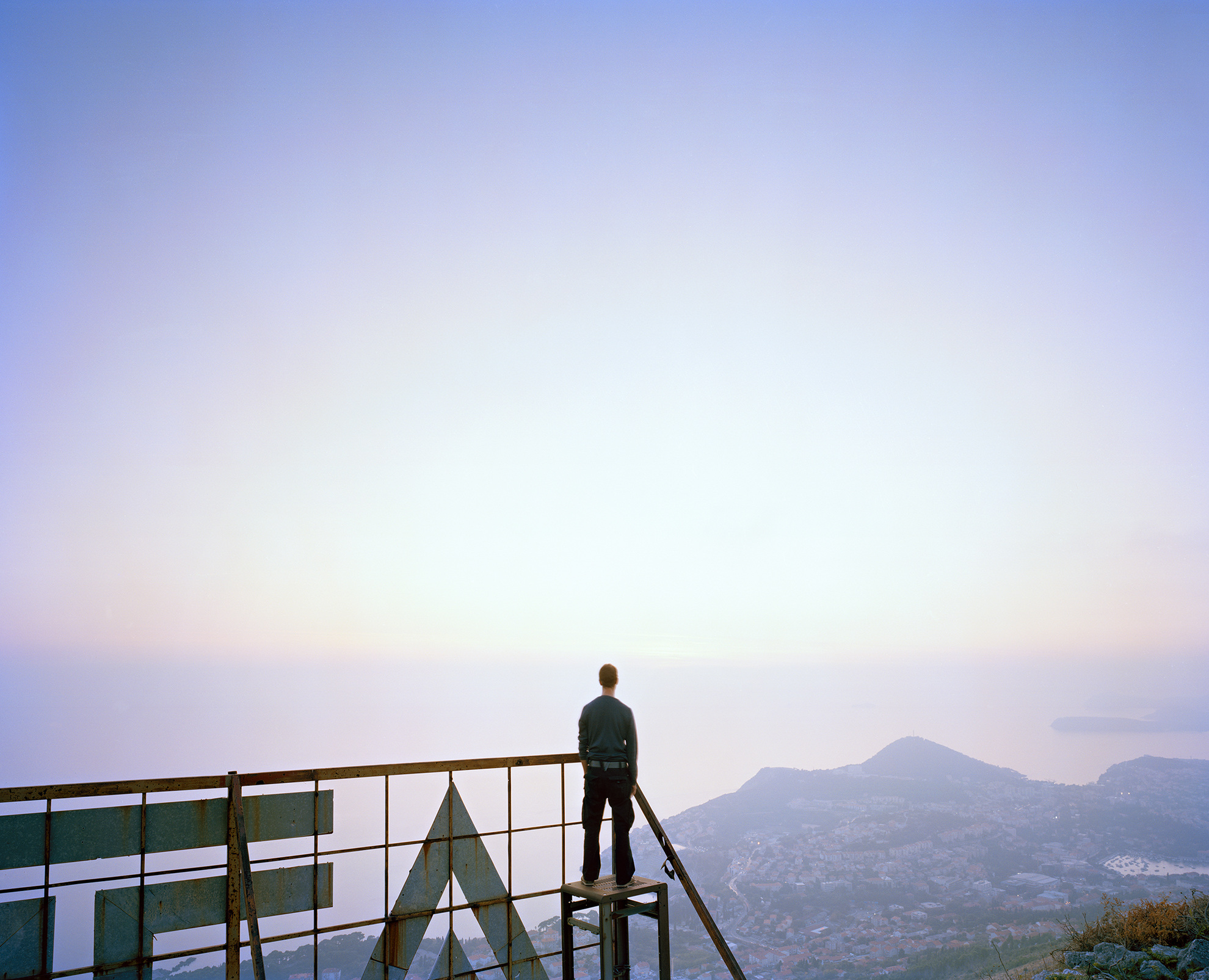




Taking up the tradition of romantic landscape painting, Kalle Kataila thematizes man, quiescent and motionless, tarrying before nature ́s grandiose scenery. In more recent works, Kataila not only finds his atmospheric landscapes at spectacular or exotic sites, but also in urban localities. Yet Kataila always shows a man in lonely places, under a broad stretch of sky and a low-lying horizon. The artist, from an elevated standpoint and from a certain distance, observes his back-view figures as they are caught up in nature ́s spectacle. In contrast to the German romantic painter, Caspar David Friedrich, the head of the figure hardly even once rises above the horizon line. Whereas Friedrich submerges his characters mentally in an imaginative heavenly sphere, Kataila ́s figure is fully rooted to the earth. As in romantic painting, the landscape could very well serve as a mirror of one ́s state of mind. Meanwhile, the pictures inquire into present-day nature religion and ask why man seeks out exalted vantage points, why faraway natural wonders?
Ever since Romanticism, the prerequisite for an enthusiastic delight in nature has been a mastery of, and control over, nature through civilization, a phenomenon at first viewed positively. But more recent photography especially
—starting with American “New Topographics”—has condemned humanity ́s way of dealing with nature as being mere consumerism and has, above all, shown the wounds that man has inflicted on nature. However, different from this movement that has molded landscape photography since the 1970s, Kataila does not stylize man openly as an antagonist hostile to nature. More exactly, his figures have a touch of the vulnerable, the solitary and the deeply melancholy about them.
Katrin Hiller von Gaertringen
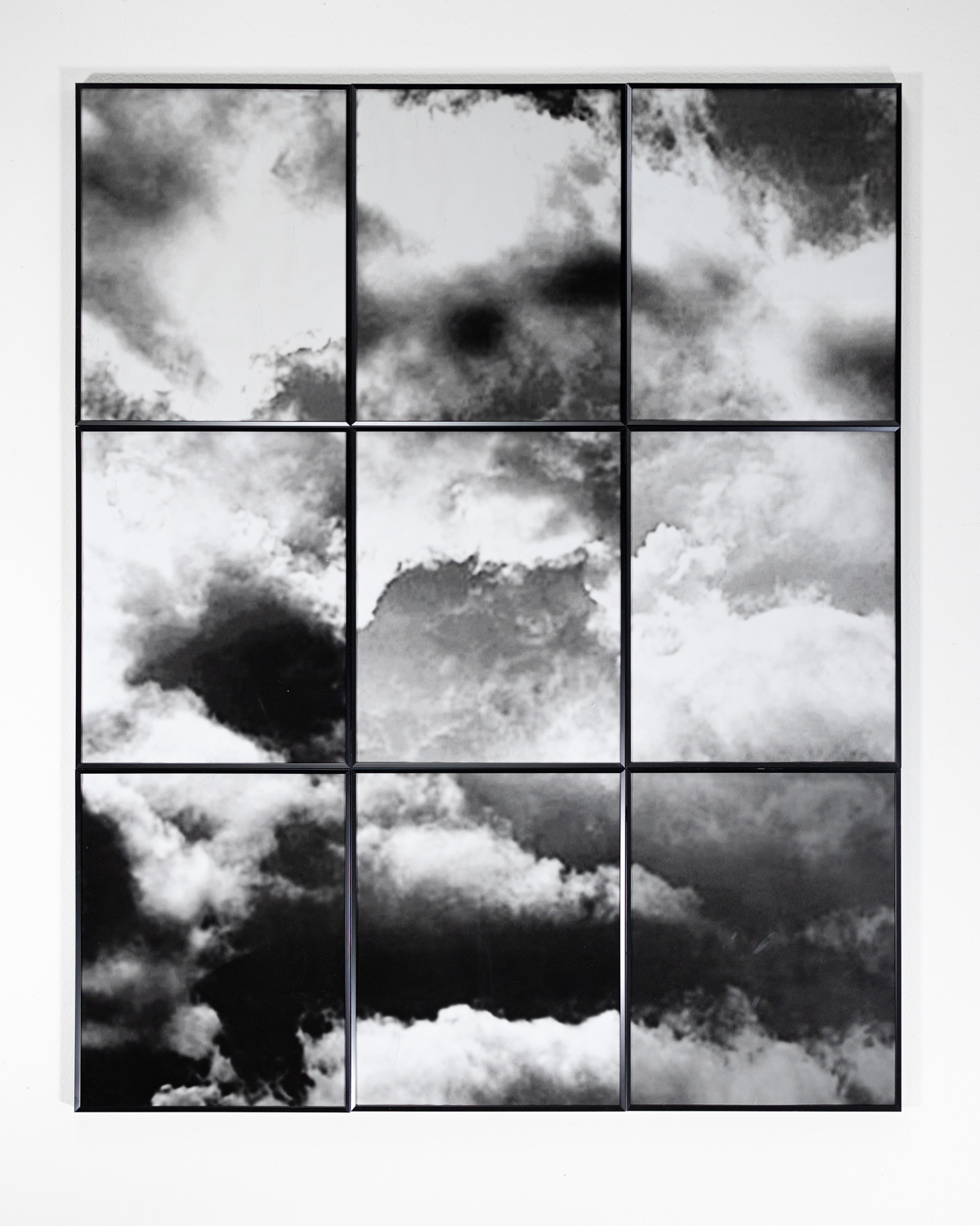

"Cloud-Based Photography" is a grid of black and white photographs, reminiscent of a window. The printing process invites contemplation of not only the layered cloudscape, but also the technological transformations of the medium. The webcam that captures the images is located on the opposite side of the world from the artist's printing darkroom. The fleeting stream of data is projected onto a grid of gelatin silver process paper using a data projector, resulting in this unique exposure. The interplay of different technologies can be seen in the prints, as the marks from the developing chemicals interact with the grid produced by the projector's digital LCD sensors.
Cloud Based Photography, 2017
9pcs unique 40x50cm silver gelatin prints
#atmorelational #forumboxgallery
Cloud Based Photography, 2017
9pcs unique 40x50cm silver gelatin prints
#atmorelational #forumboxgallery
Do the Clouds Dance if There is Nobody to See, pt.1
2015
"Do the Clouds Dance if There is Nobody to See" is a 16mm film projection that loops for one minute. The film showcases time-lapsed footage of the nightly sky with cloud formations. The footage is captured by a specially designed low-light camera located on top of a mountain, producing inverted images that resemble the brightness of a midday sky. The feed from the webcam is transferred to 16mm film using digital direct techniques. By reversing and rearranging technologies, the work questions the ways in which these technologies shape our experiences of temporality and spatiality. The use of an obsolete 16mm projector adds a sense of nostalgia, as the film not only depicts clouds reminiscent of 19th-century romantic landscape paintings, but also the grainy texture, dust, and inherent color palette of film materiality. Accompanying the film are polaroid images of the same cloud skies, adding a personal touch and memories to the experience.